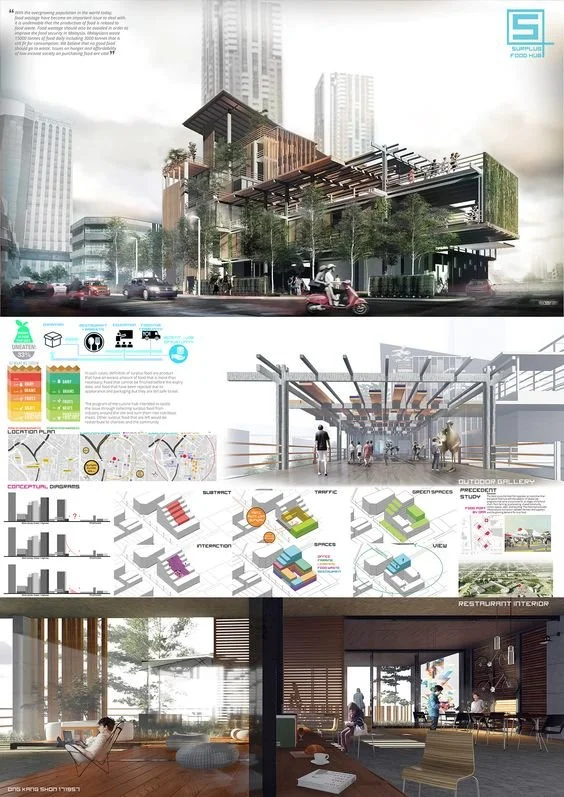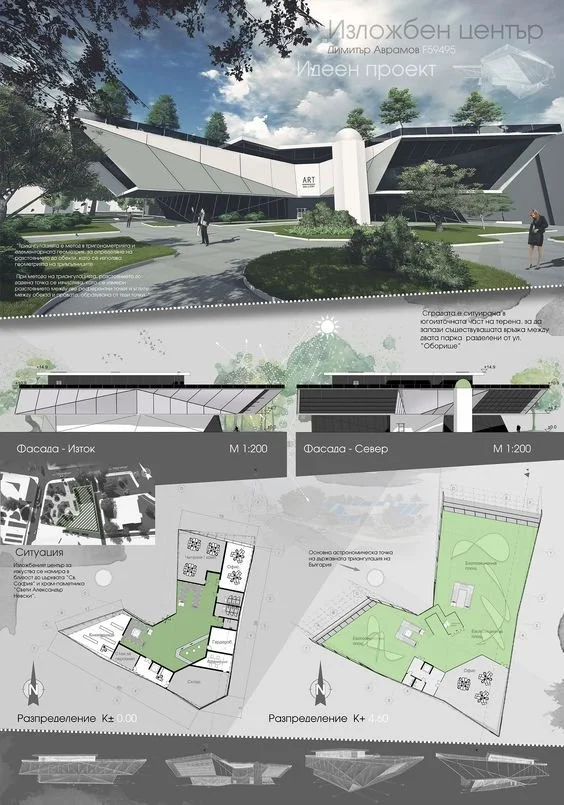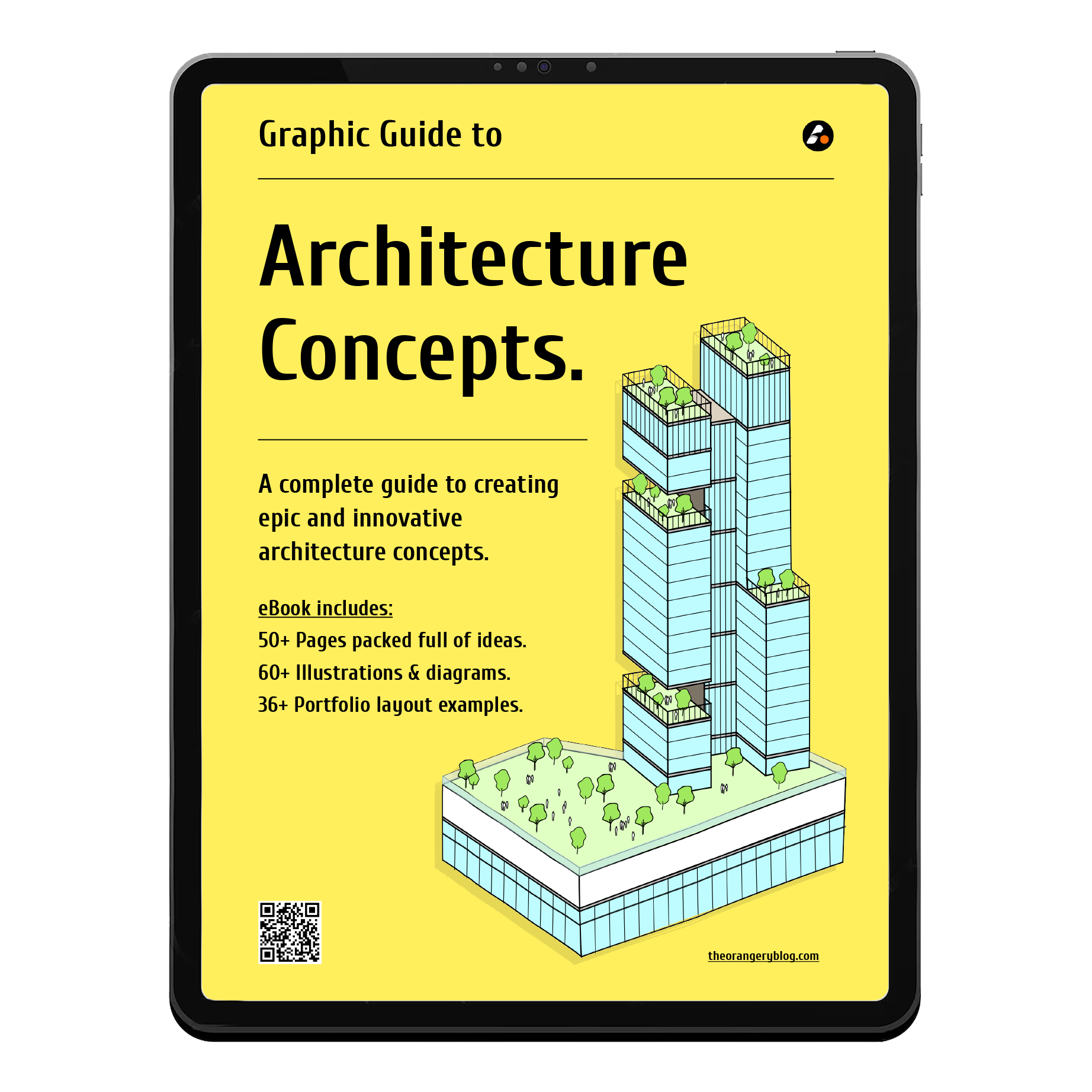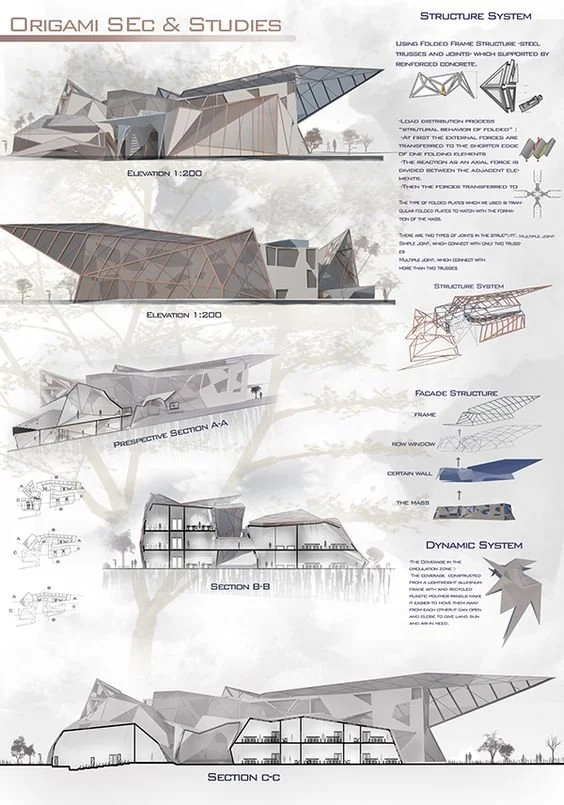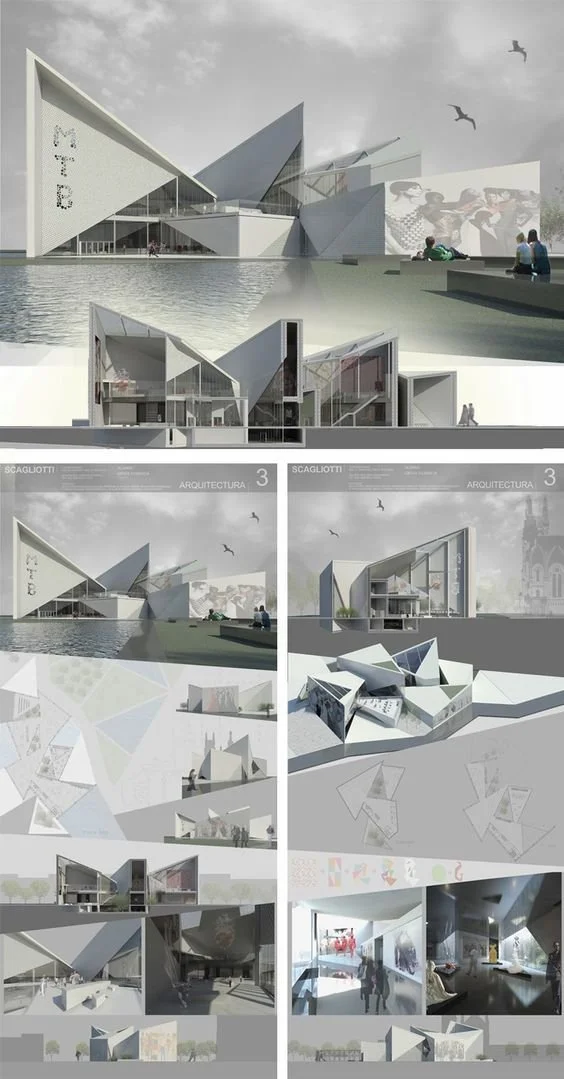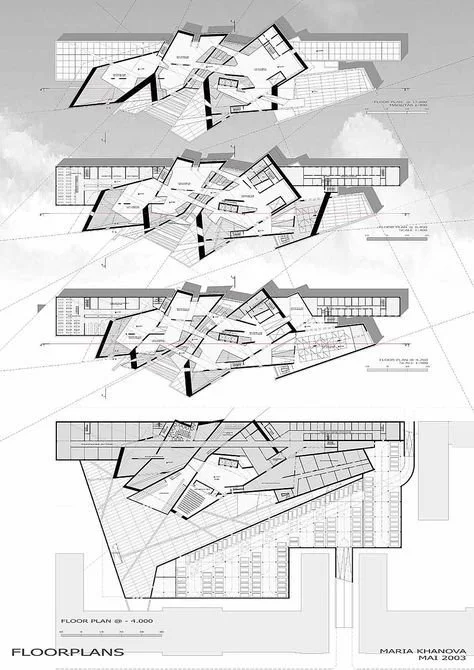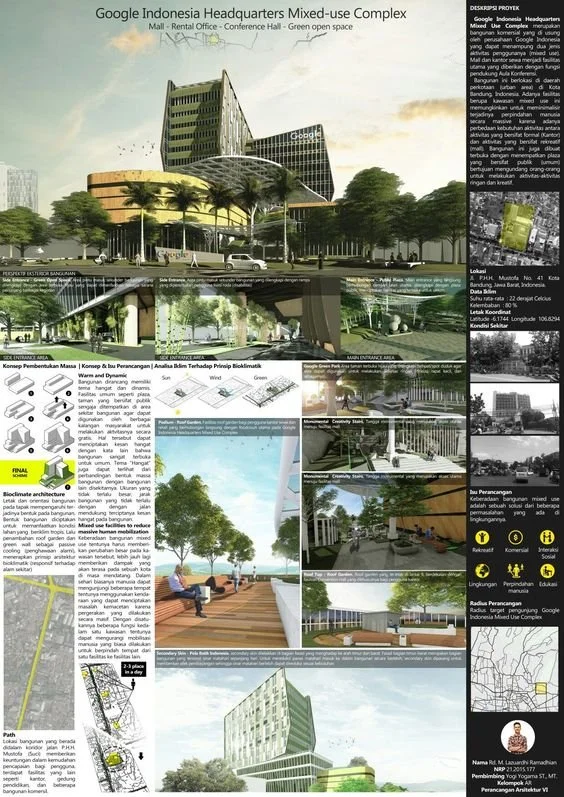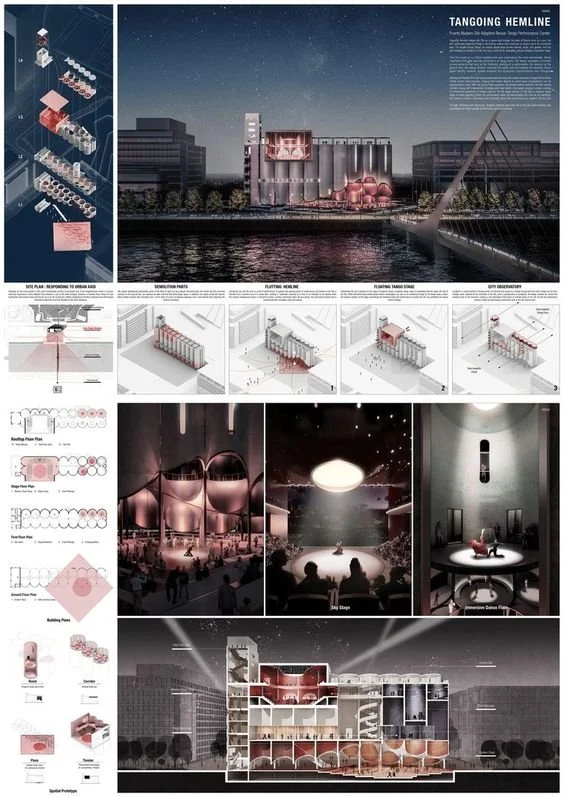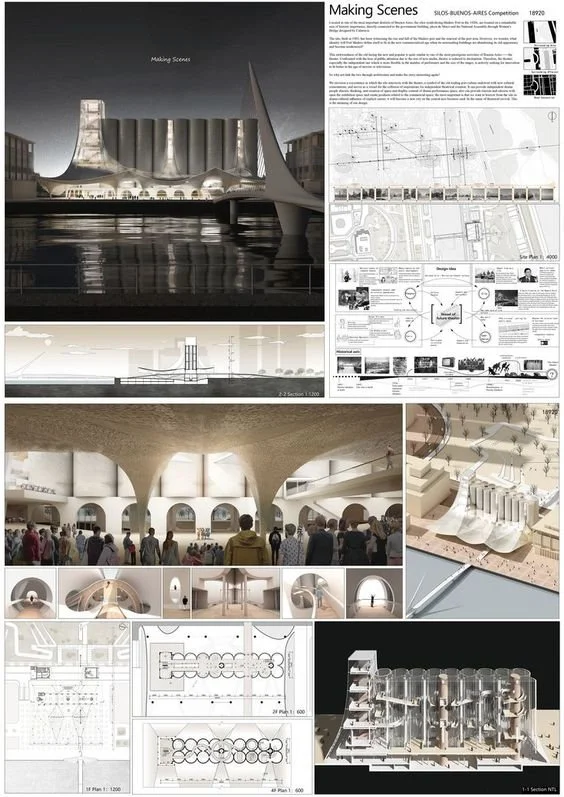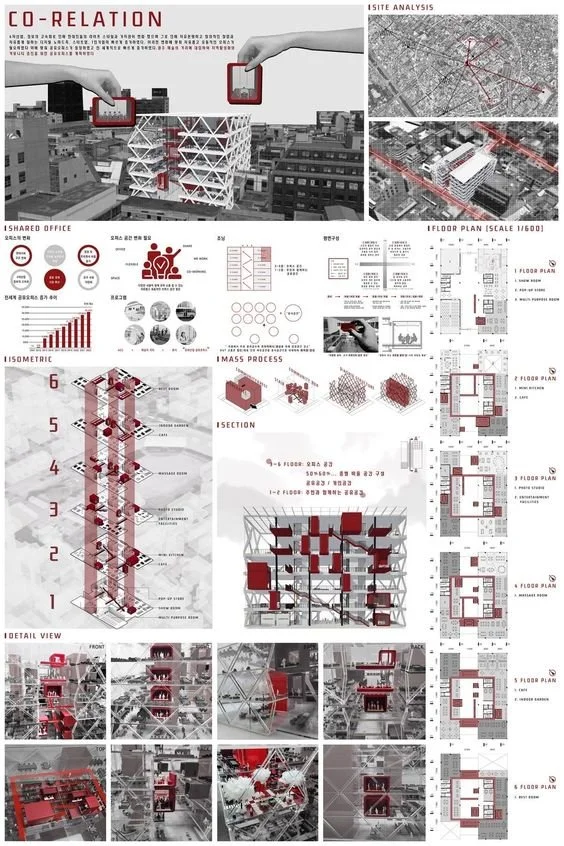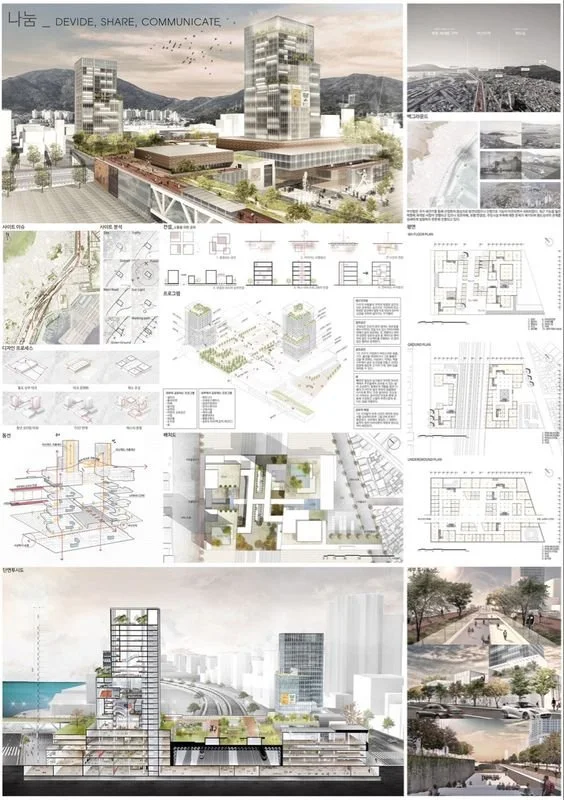How to Develop a Successful Architecture Design Concept
Introduction
Creating a successful architecture concept serves as the foundation for a well-developed coherent design, that has been thoughtfully designed considering all aspects of the design process. Successful architecture concepts require a deep understanding of the project's ambitions and site context.
In this blog, you will learn the steps and strategies to create a successful architecture concept that not only meets the functional requirements of the design brief and site elements but also achieves the correct steps in creating a architecture design that responds to the site context and is aesthetically pleasing.
🔸Scroll to the bottom to download our Architecture Concept Ideas Checklist! 🔸
10 Tips on how to develop a successful architecture concept
1. Understanding the Project Brief
It is essential to gain a deep understanding of the project brief in order to create a successful architecture concept. Research and explore all factual and theoretical avenues to overcome the challenges the project design brief presents.
2. Research and Inspiration Gathering
Research is the cornerstone of creativity. Explore architectural magazines and books to gather inspiration. Research historical and contemporary architectural works to understand design principles and innovative architecture concepts. Combine your inspiration gathering with in-depth historical and present-day site research to create an architectural concept that has ties to the site's history and responds to the site's current needs.
3. Defining Your Design Philosophy
Defining your design philosophy before you begin the design process will provide principles that guide every decision you make throughout the project. Experiment with various architectural styles that resonate with your project and site.
4. Research Site
It is important to know the development of your site and how it came to be at present. Researching the history of your site is such a valuable resource when it comes to defining your architecture concepts and design brief. Having a connection with the site’s history is a great way of creating a project with real substance. Learn more on site analysis here.
5. Site Photos
Photographing your site is an important part of your site analysis. Document the site through photos and establish a set of key views to work from when designing. Similar to your sketches, try to have a range of scale from afar and close up of the architecture, spaces and on a human scale. These will be handy for reference to help make design decisions to produce collages and to sketch over. This technique is great for developing architectural concepts.
6. Case Studies
Now that your design is starting to take shape, you can refine architecture concept development using architecture case studies to find inspiration and know-how is very important. Your chosen case studies should have a variety of ambitions you would like to achieve in your project including; materiality, spaces, form, and purpose.
7. Sketch Initial Response
Visiting your site in the early stages of developing an architectural concept should be recorded through initial site sketches. Exploring its surroundings before starting extensive research will allow your initial reactions to be uninfluenced by any external factors. Sketching small moments happening on your site and on a larger holistic scale will be a great place to start recording your first impressions. Sketch by focusing on the architecture, its spaces and human interaction and activity.
8. Concept sketching
An architectural concept sketch is an essential tool because it allows architects to explore and communicate their thoughts quickly. Bridging the gap between an abstract thought to a visual idea. They serve as a tool for refining ideas and conveying the early stage design ideas to others.
These sketches are hand-drawn to illustrate key ideas in the early stages of the design process such as; spatial arrangements and qualities, proportions, scale, and overall architectural style.
9. Defining Spaces
To develop your architecture concept further, defining spaces is one of the most important stages in the design process. work in more detail and focus on some key moments related to site investigation, first impressions, case studies and massing.
Roughly map out where different spaces will be designated for example, public and private spaces. This will be informed by; circulation, views, occupancy, daylight, and context.
10. Massing
Massing is a very important stage for developing a good architecture concept. Having a massing model, physical or digital allows you to design in relation to existing context. This will help shape your proposal’s initial form.
Crafting Your Unique Architecture Design Concept
Now you have learned how to develop a successful architecture design concept, it is time to delve into the nitty-gritty of creating unique architectural designs.
Step 1: Distinctive Design Elements
Create distinctive architectural elements that characterise your design. Consider incorporating unique features and focal points, materials, or spatial arrangements that the your design apart from the ordinary. Don't be afraid to push boundaries and think outside the box.
Step 2: Sustainable Design
Sustainability is a necessity in today's environmentally conscious world. Integrating sustainable elements into your architecture will enhance its functionality and life span, as well as contribute to a green future. Read the top 10 sustainability ideas for your project here!
Step 3: Aesthetic Cohesion
Ensure your architecture is aesthetically consistent, achieve this by creating a harmonious blend of architectural scale, material and detail. Learn more on how to improve your design skills here!
FAQs relating to How to Develop a Successful Architecture Design Concept
What is an architectural design concept?
An architecture design concept is an underlying principle that guides the development of the design. It is the overall theme that informs the decision-making process.
Important factors to consider when defining a design concept could be; the site context, cultural or historical references, functional requirements, sustainability goals, or aesthetic language. To create a cohesive design an architect does not deviate from the initial concept as this serves as the foundation of the design brief.
What is the importance of a design philosophy in architecture?
A design philosophy in architecture is a conceptual approach that serves as a guiding principle that shapes all design decisions. It ensures coherence and consistency in the design for architecture students and professionals.
What makes a good architectural design?
Aesthetics: good architecture concepts should be visually appealing and engaging. It should reflect its purpose and be in line with the surrounding environment.
Functionality: The design should be able to meet the needs and requirements of its intended use. The space should be well planned and organized, and the structural systems should be efficient and effective.
Sustainability: Architectural concepts should be environmentally sustainable, using materials and strategies that are energy-efficient and promote sustainable living standards.
Accessibility: The design should be inclusive, providing access to individuals with diverse physical abilities.
Flexibility: A good architectural design should be adaptable, allowing for future changes or modifications.
Safety and Security: The design should be safe and secure, incorporating measures for fire safety, natural disasters, and potential security risks.
Innovation: Architectural concepts should bring something new to the table, being innovative and pushing the boundaries of what is possible in architecture.
Conclusion
Passion, creativity and a deep understanding of the principles of architecture are required to develop a successful architecture design concept.
Remember, every great architecture project starts as a concept in your mind. By following the 10 steps outlined in this blog and considering the FAQs, you will be well-prepared to create a solid architectural concept for a compelling and thoughtful project.
🍊 Thank you for reading, what did you think? Comment below 🍊
🍊 A like, share and comment helps us out hugely and is much appreciated! 🍊

